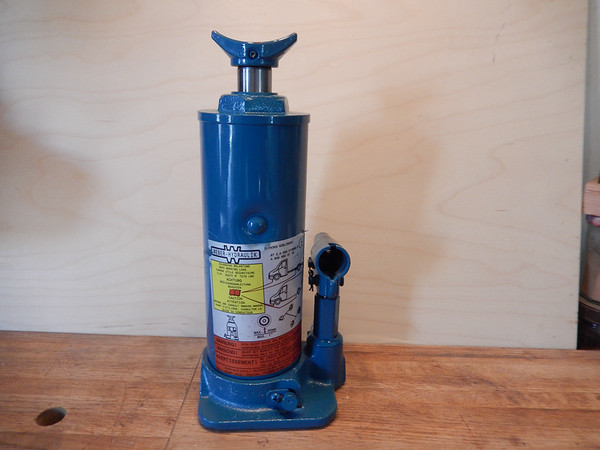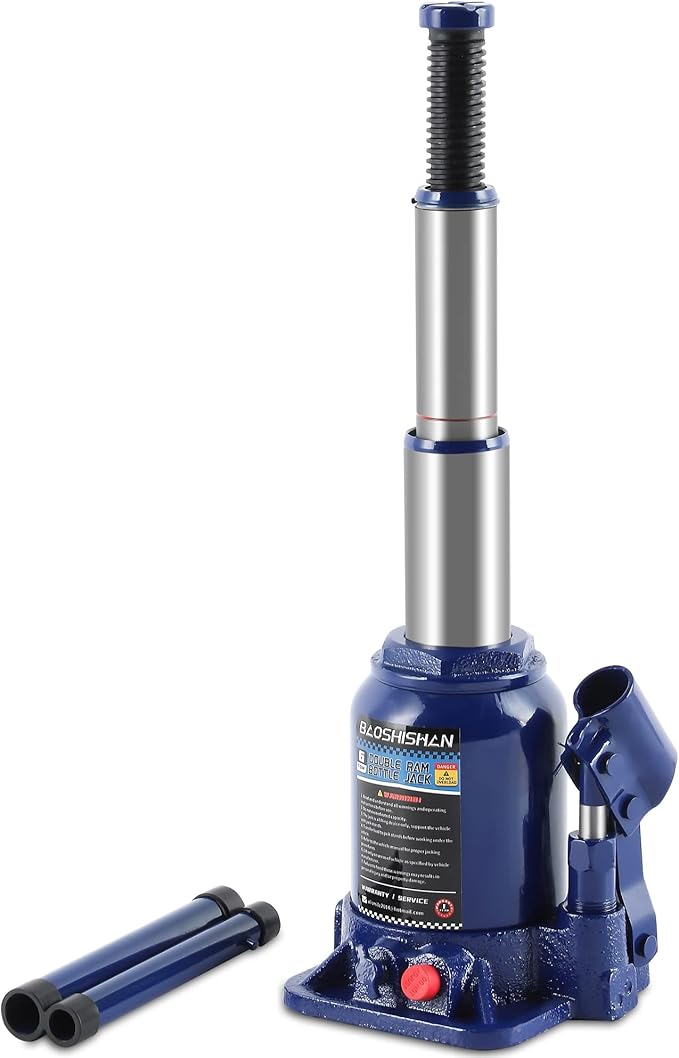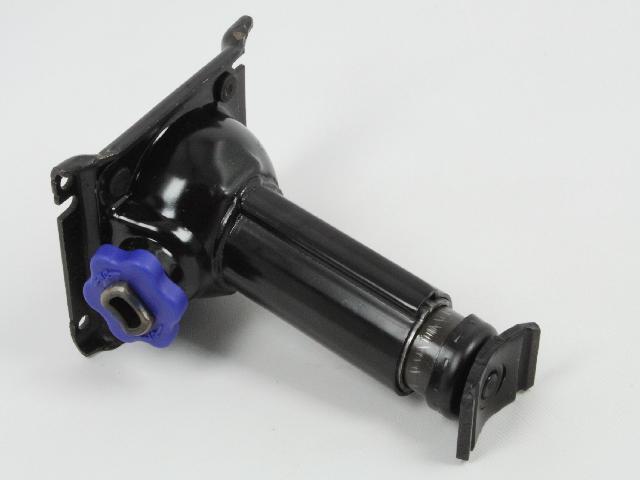cully
Well-known member
My 92 Jamboree 22' purchased in Aug had no jack. I've been "lucky or dumb lucky" so far without a problem on 6 or seven trips. I don't feel so lucky currently and want to purchase a bottle jack. What would be the correct size for my 22'? Saw a youtube video and he was using a 20 ton jack. Would that be an over kill or just right?
Also looking for information about where I locate the jack when using, Axel? So far YouTube hasn't had a video that I've viewed that clearly shows Where. Any other tutoring on methods or equipment related to changing a tire would be much appreciated.
thanks,
cully
Also looking for information about where I locate the jack when using, Axel? So far YouTube hasn't had a video that I've viewed that clearly shows Where. Any other tutoring on methods or equipment related to changing a tire would be much appreciated.
thanks,
cully




